Rancho Vistoso Wildlife
The lush Sonoran desert allows wildlife to flourish—and the Oro Valley area definitely has a great sampling of desert dwelling creatures! Over the years I have seen countless videos from residents in Rancho Vistoso and the Greater Oro Valley area documenting the abundant wildlife. There are too many different animals to cover here—but we put together some facts about the most popular, most dangerous, and most adorable ones. Enjoy!

Javelinas
In Rancho Vistoso, javelinas are a common sight. You may see an entire herd of them crossing the road, especially in the Sun City Oro Valley area. Javelinas are also known as Collared Peccary, and although they resemble a wild boar, they are not members of the pig family. They generally won’t want to engage with humans, but if their babies are around they can be aggressive. The best course of action is to go in the opposite direction of javelina, especially if you have children or animals with you. With very near - sighted vision, these animals rely on scents to find food as well as mark territory and other members of their herd. (And they can smell unpleasantly fragrant to humans, also!) Javelinas have been responsible for knocking down trash and recycling cans - banging a couple of cookie sheets or pans from a short distance can often times frighten them off.

Great Horned Owl
We are lucky enough to have some gorgeous species of owls in the area, and the Great Horned Owl is the most majestic. This owl is not to be trifled with - it is a powerful predator that can kill small mammals and birds larger that itself. The Great Horned Owl also likes snakes, scorpions and mice on the menu - and can be advantageous to those trying to keep vermin down. We are fortunate enough to have a pair of them living in trees on our property, and I love hearing them hoot all night long. Even though the female is larger, the male has a deeper hoot. Be aware that while pets are not preferred fare for the Great Horned Owl, they will make exceptions.

Coyotes
While the saguaro is the de facto icon of the Arizona desert, coyotes run a close second. A close relative to the wolf, these canines are prolific in our area. Traveling in packs, coyotes can be heard yipping and howling at night as they find their evening meals or play. I love seeing these animals but always keep my distance. Be forewarned—they have been known to take small pets, even from a fenced yard. Please always monitor your pets.

Bobcats
Bobcats are one of our favorite desert animals. I never tire of seeing them, but they can be dangerous for pets as well. Bobcat kittens are unbelievably cute - and you may have the good fortune of a momma bobcat selecting your backyard to birth her litter, as many in the Oro Valley area have. If they do show up, just keep pets and kids inside, leave them alone and enjoy the kitten show through the windows. Bobcats are handy climbers and like to lounge in trees as well as under shady plantings.

Rattlesnakes
While I respect all living creatures - rattlesnakes are not my favorite. They are a part of living in the desert Southwest - and I am happy to say I have only seen a few in the almost 2 decades we have lived here. However, especially during dawn and dusk from spring until fall you would be wise to be aware of your surroundings when you are out walking or other outdoor activities. Further, if you have a dog we would strongly encourage that you enroll him or her in rattlesnake avoidance school. I wish I could say that dogs being bit by rattlesnakes was very uncommon - but it isn’t. Rattlesnake avoidance training is absolutely worth it and offered in the area. Not only is the antivenom and treatment for your pet very expensive (into the thousands) but sparing your pet from pain is priceless. Just do it. 😉
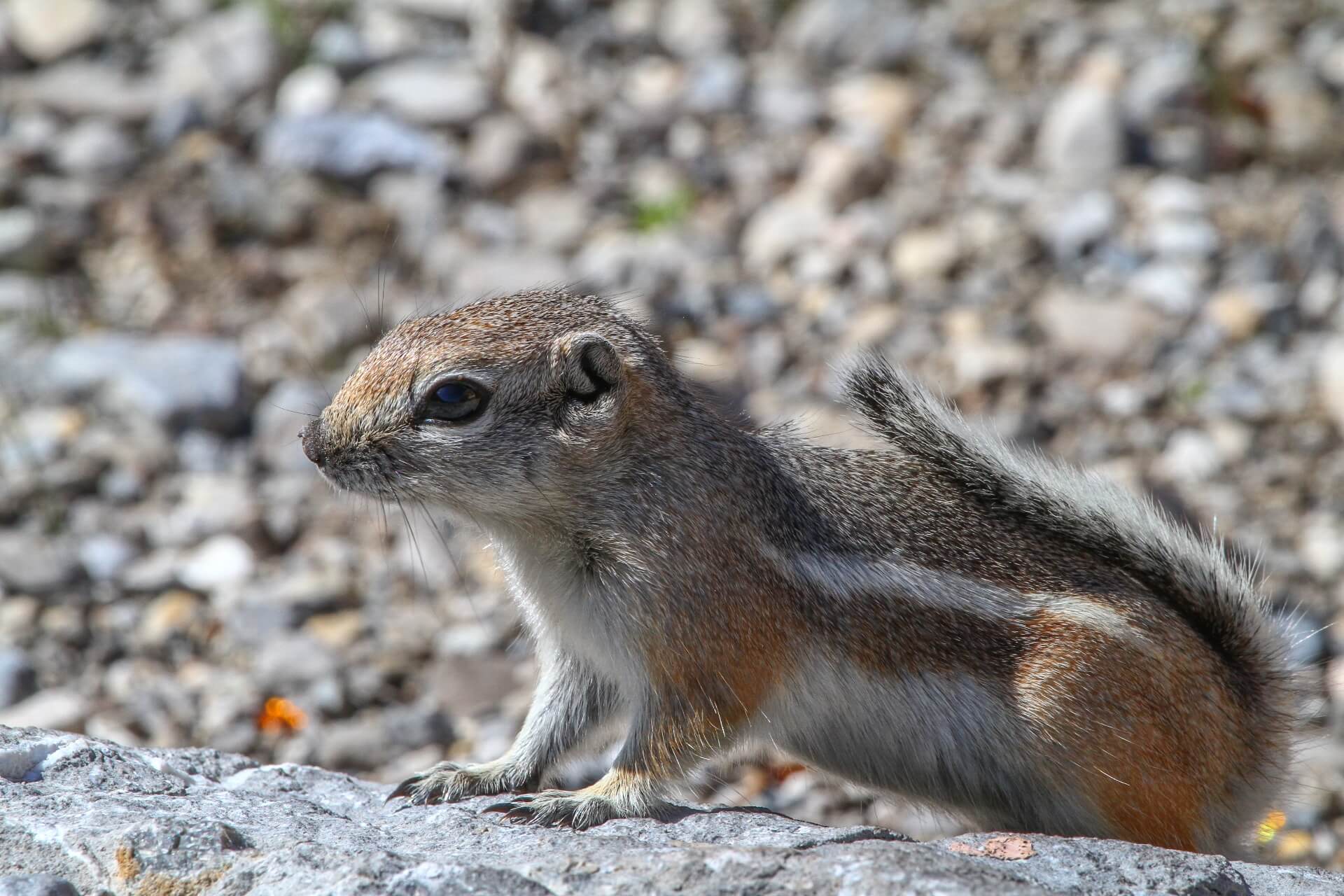
Antelope Squirrel
Truthfully, this is one cute little rodent! Active during the cooler parts of the day during the summer, they will pop up on their haunches like little prairie dogs. The antelope squirrel live in little burrows, and they keep a multitude of entrances so they can elude their many predators.
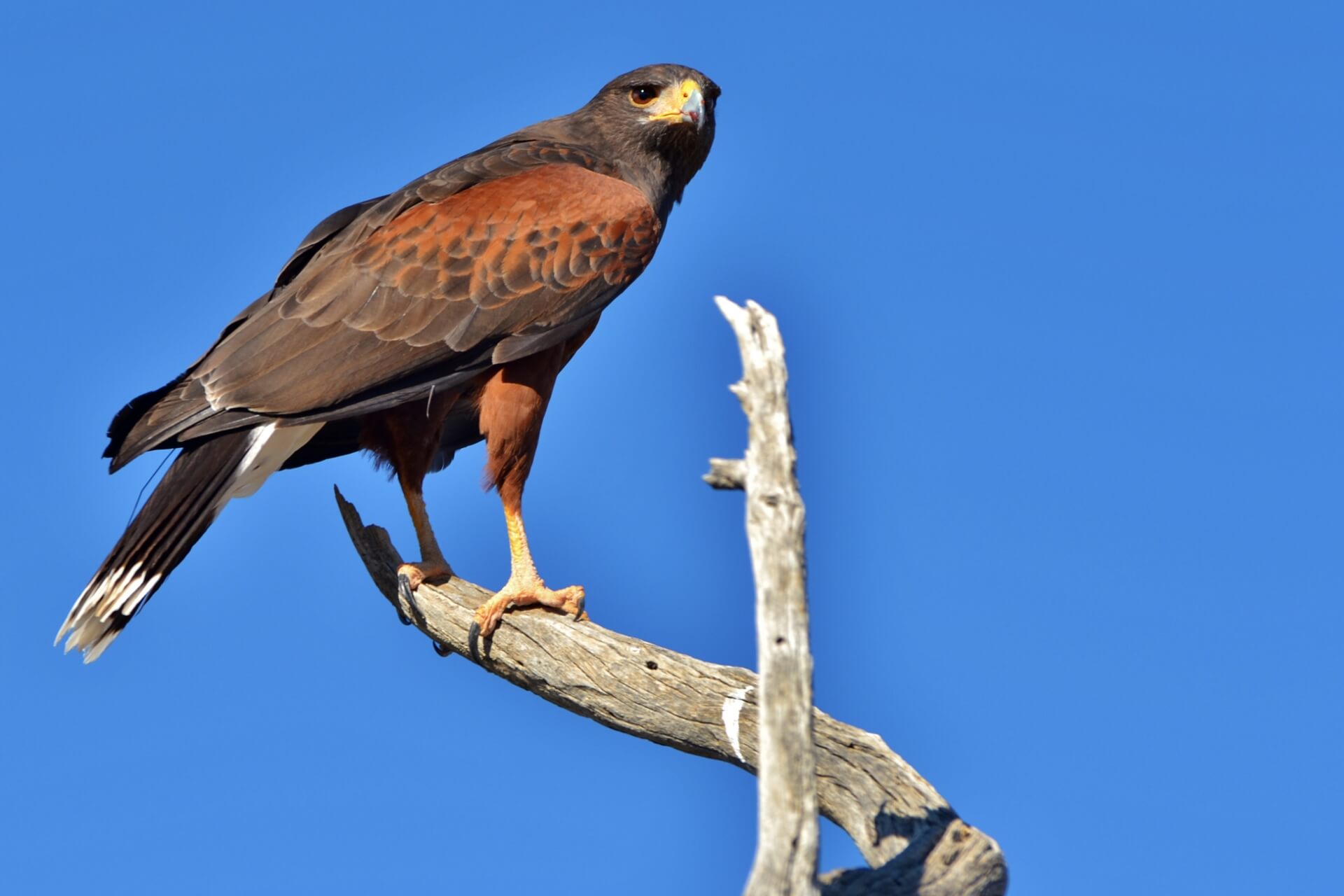
Harris Hawk
A social bird of prey, these striking hawks are one of only two raptors known to hunt cooperatively in a group. This coupled with amazing vision several times better than a human allows them to feast on many of the deserts small mammals, including rabbits and rodents with ease. We have some roosting in a very large tree adjacent to our property, and in the spring when the desert comes alive I can hear them screaming as they dive-bomb their prey. It sounds like a tropical jungle when they really get going! The Oro Valley Country Club, just a few miles away from Rancho Vistoso, has several species of hawks living in the massive trees that line the golf course.
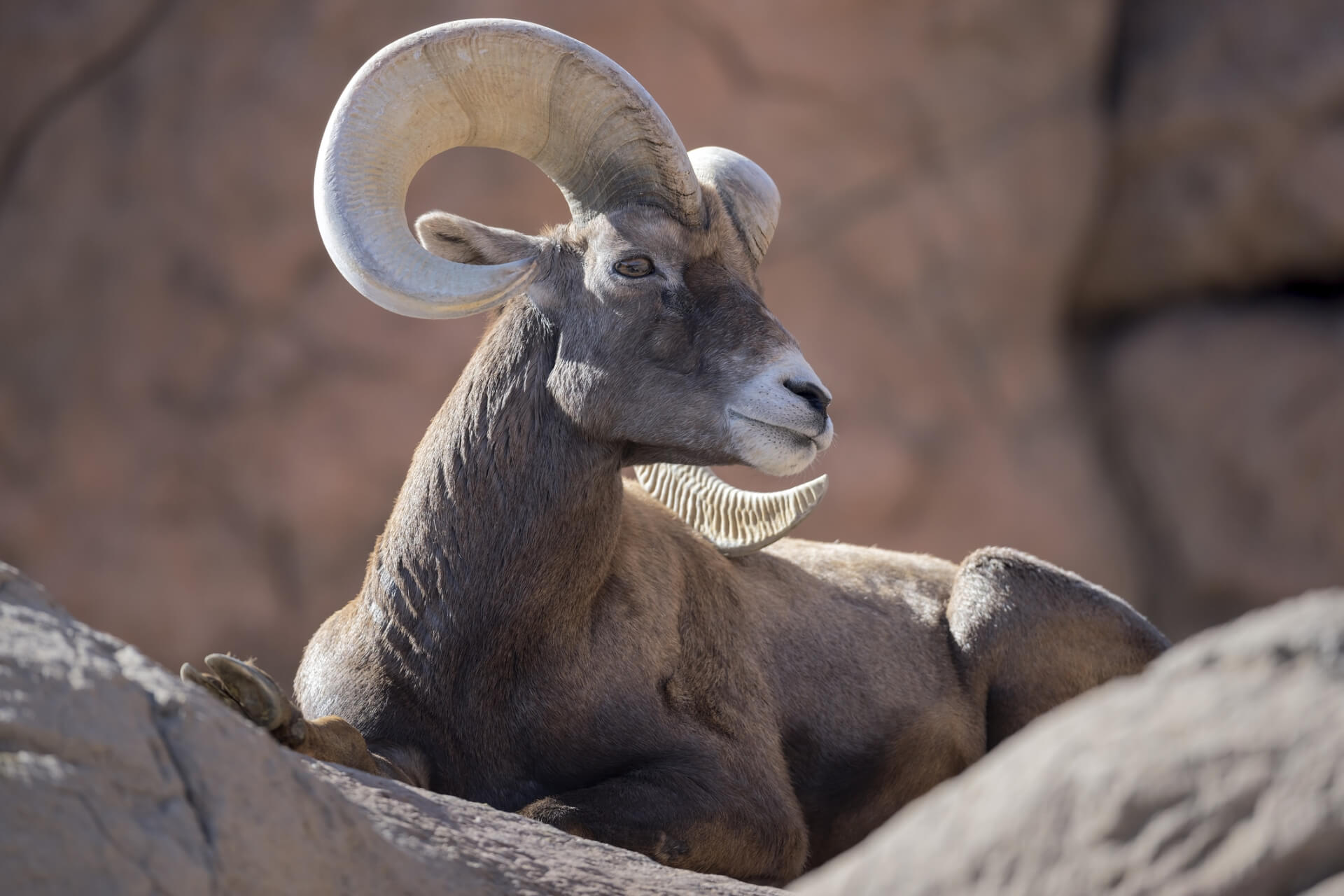
Desert Bighorn Sheep
You probably won’t see one in Rancho Vistoso, but you may be hiking in nearby Catalina State Park. Living in separate male and female camps for most of the year, they come together in breeding season. Herds are as small as 8 and as large as a hundred, with males battling for dominance by charging each other and ramming their horns together until one surrenders. Desert Bighorn Sheep have excellent eyesight and are capable of handily navigating rocky terrain thanks to their unique hooves.
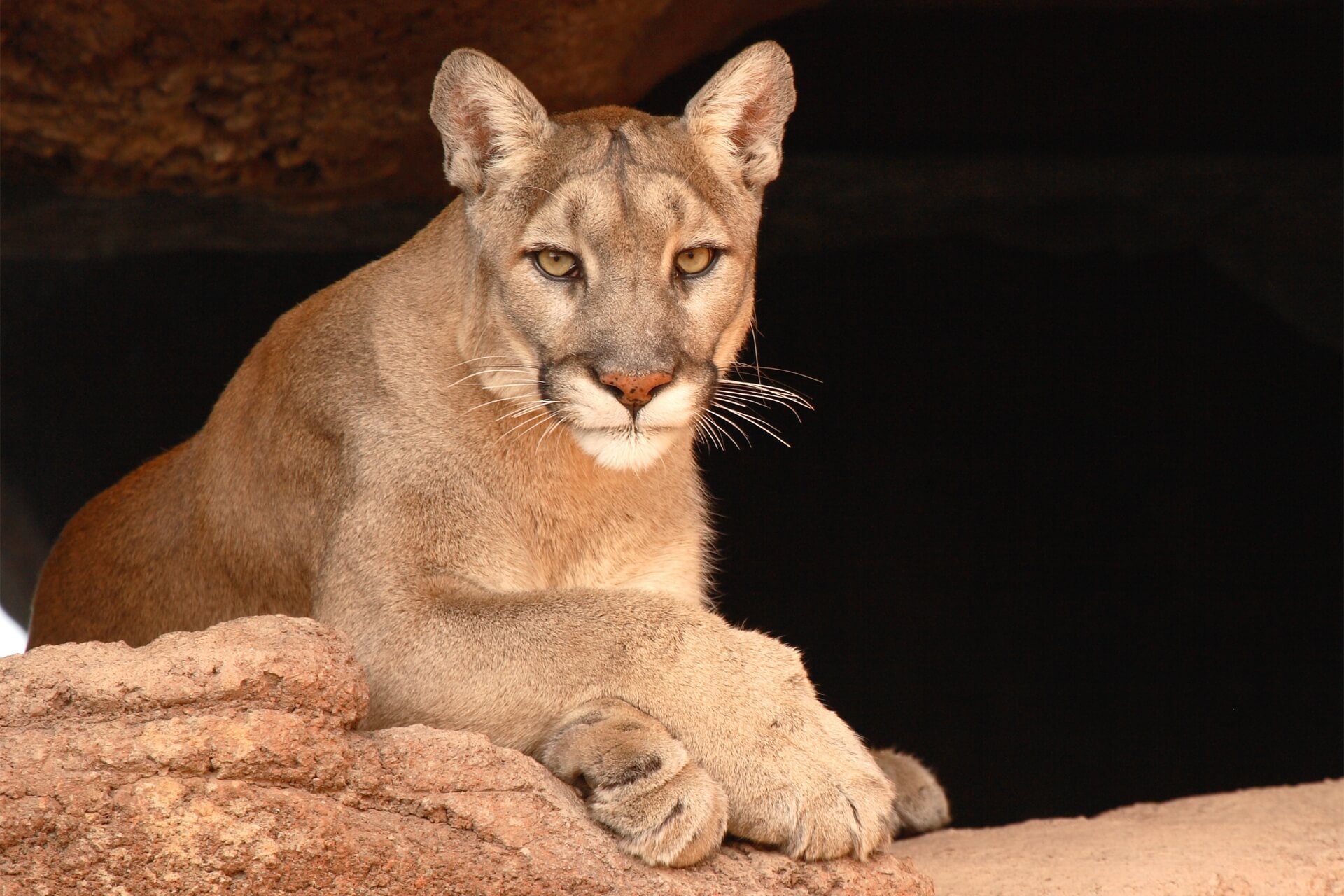
Mountain Lion
The king of our desert eco system generally prefers mountainous or rocky terrain, weighs in between 70 and 150 pounds and is incredibly stealth. Their diet consists mainly of deer, but they also like javelina, Bighorn sheep and other mammals - including pets. With the ability to jump 20 feet vertically and 40 feet horizontally (!), a mountain lion is a formidable adversary to any creature living in its territory - including humans. But don’t worry too much about these gorgeous felines - spotting them in person is very rare in Oro Valley as they generally avoid places where humans live.
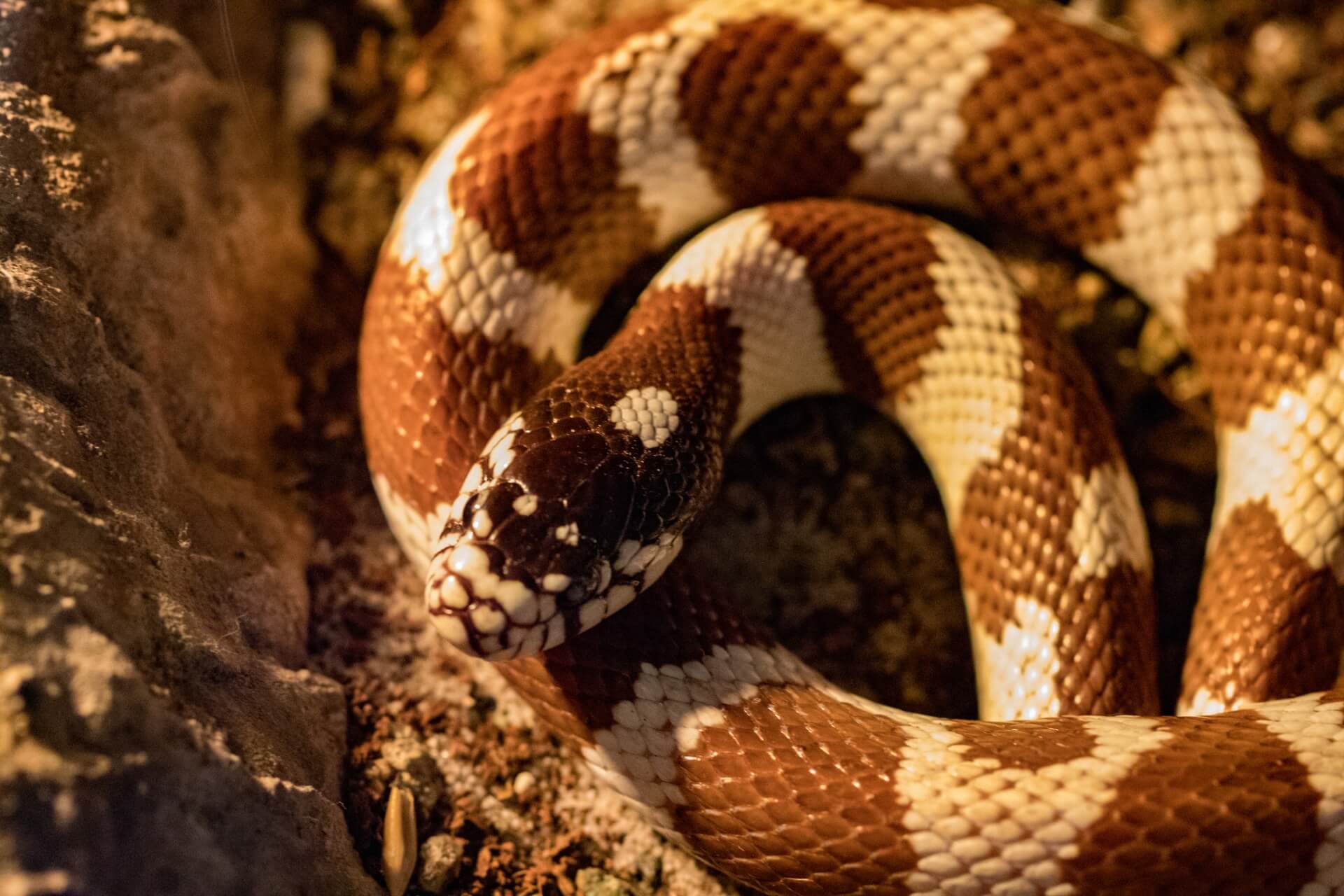
Kingsnake
Unlike the rattlesnake, you don’t necessarily want to evict a kingsnake from your yard. These snakes are not only immune to the venomous rattlesnake - rattlesnakes are on their menu of choice. Like most desert creatures, just leave it alone and it won’t be a bother to you. Some kingsnakes varieties are brown, others black with red and yellow rings and are often confused with the venomous coral snake. Remember the old rhyme to ascertain which snake you are dealing with - "red next to black, safe for Jack. Red next to yellow, Jack’s a dead fellow”.
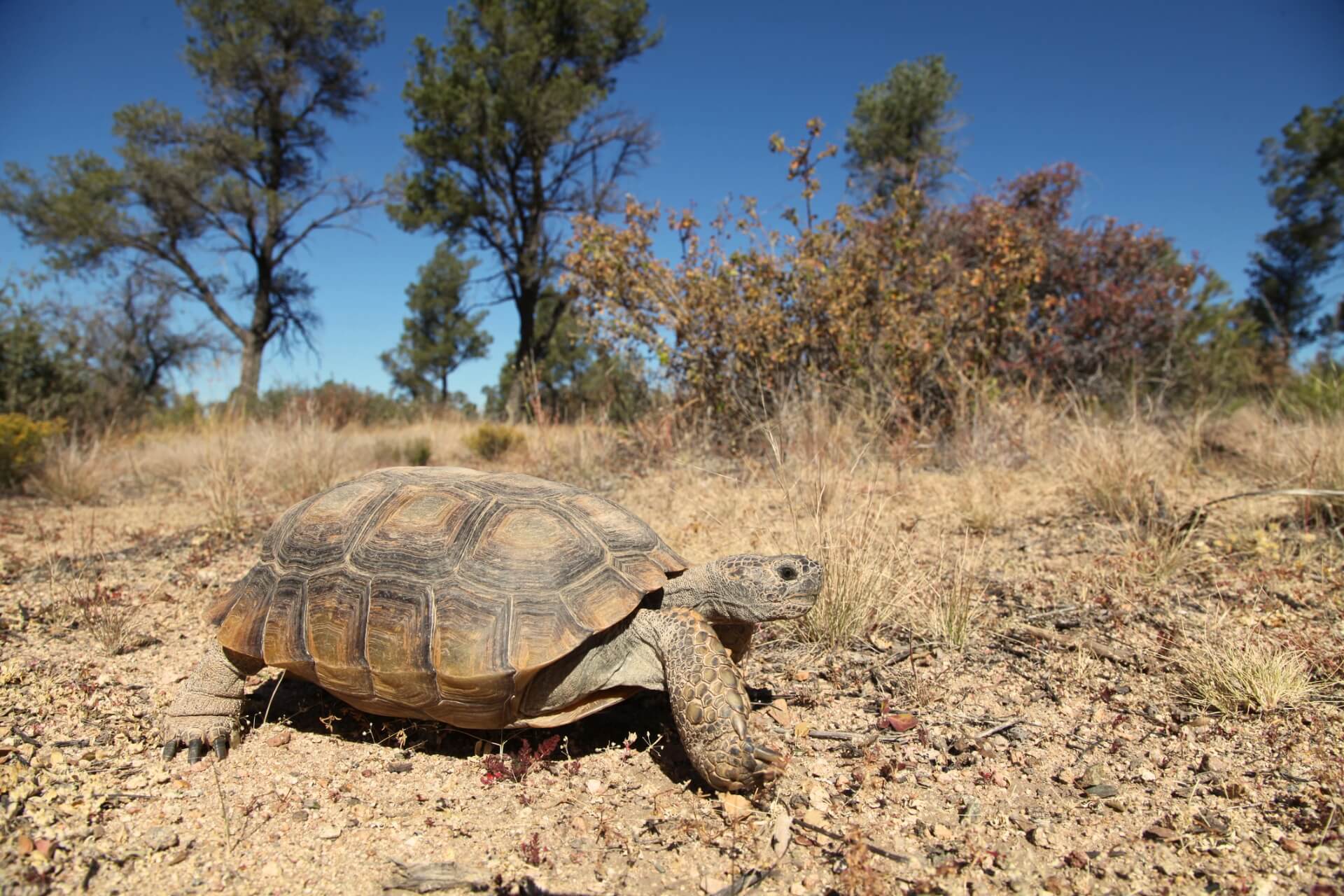
Desert Tortoise
Majestic in their own special way, desert tortoises are an elusive desert dweller, spending the majority of their time underground. You cannot take desert tortoises from the desert legally - but Arizona Fish and Game has tortoises that were previously captive for adoption. These cool animals hibernate fall to spring and caring for them is unlike conventional pets - so do your research first. If you don’t think you will be in your home for many, many years I would caution against adoption - these guys don’t like to be moved around and disrupted.

Gila Monster
Hibernating from November to through February, the slow - moving Gila Monster is the only venomous lizard native to the United States. You won’t see them that often, but when you do leave them alone if you can - it will probably eventually shuffle off. It is against the law to harm a Gila Monster in the state of Arizona. If you encounter one in a place that requires removal (we had a neighbor years ago that had one wander in her house - another reason to NOT leave doors open!) there are services that will handle it. Please don’t try and pick one up as it may bite you.
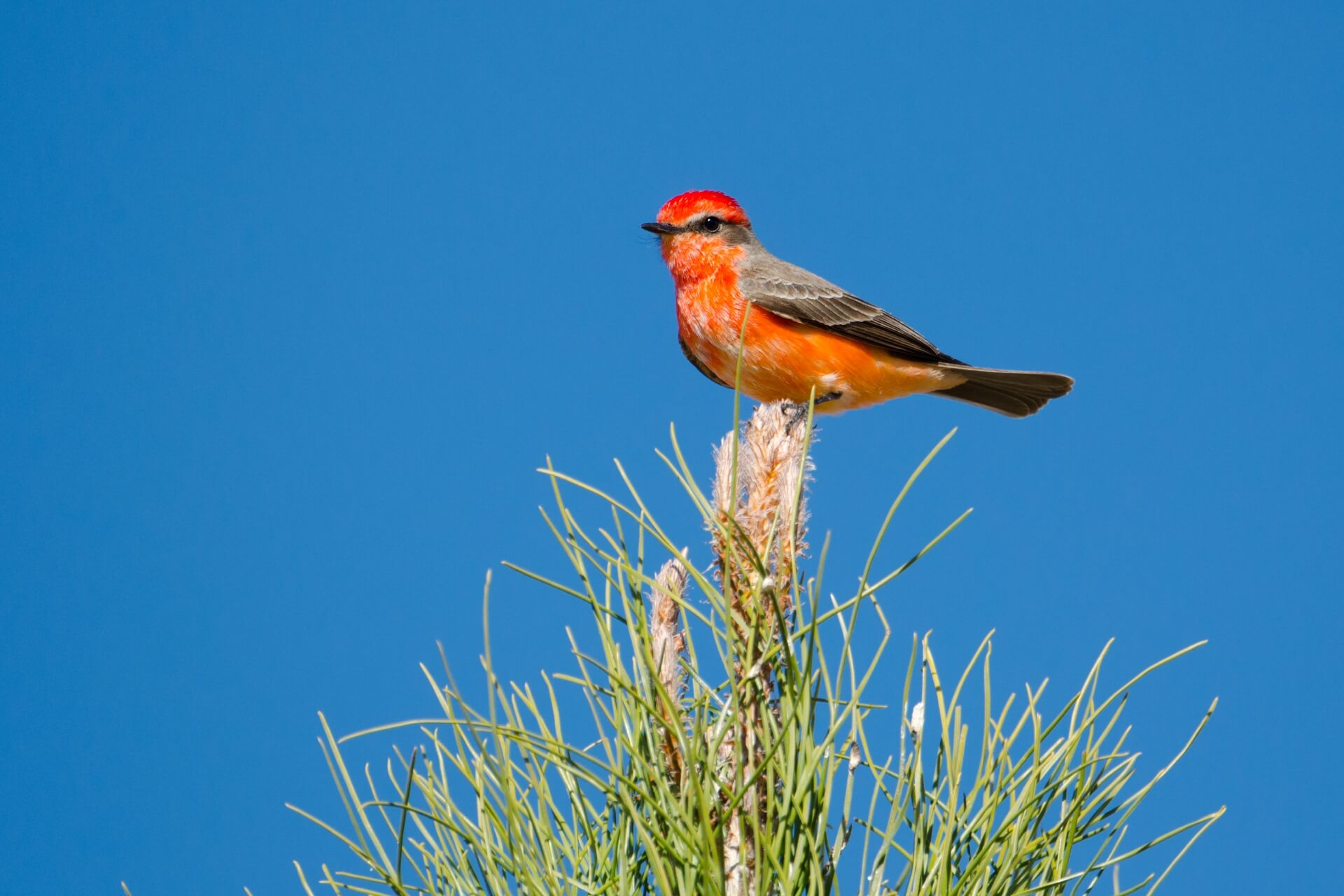
Vermilion Flycatcher
Only the adult males boast the eye - catching vermilion color - good advertising for finding a mate, perhaps! Despite the name, vermilion flycatchers are not discriminatory abut their diets and will eat most types of insects. If you want to attract them, a fountain or other water source would be a good start. The Vermilion Flycatcher is also the mascot of the Tucson Audubon Society.
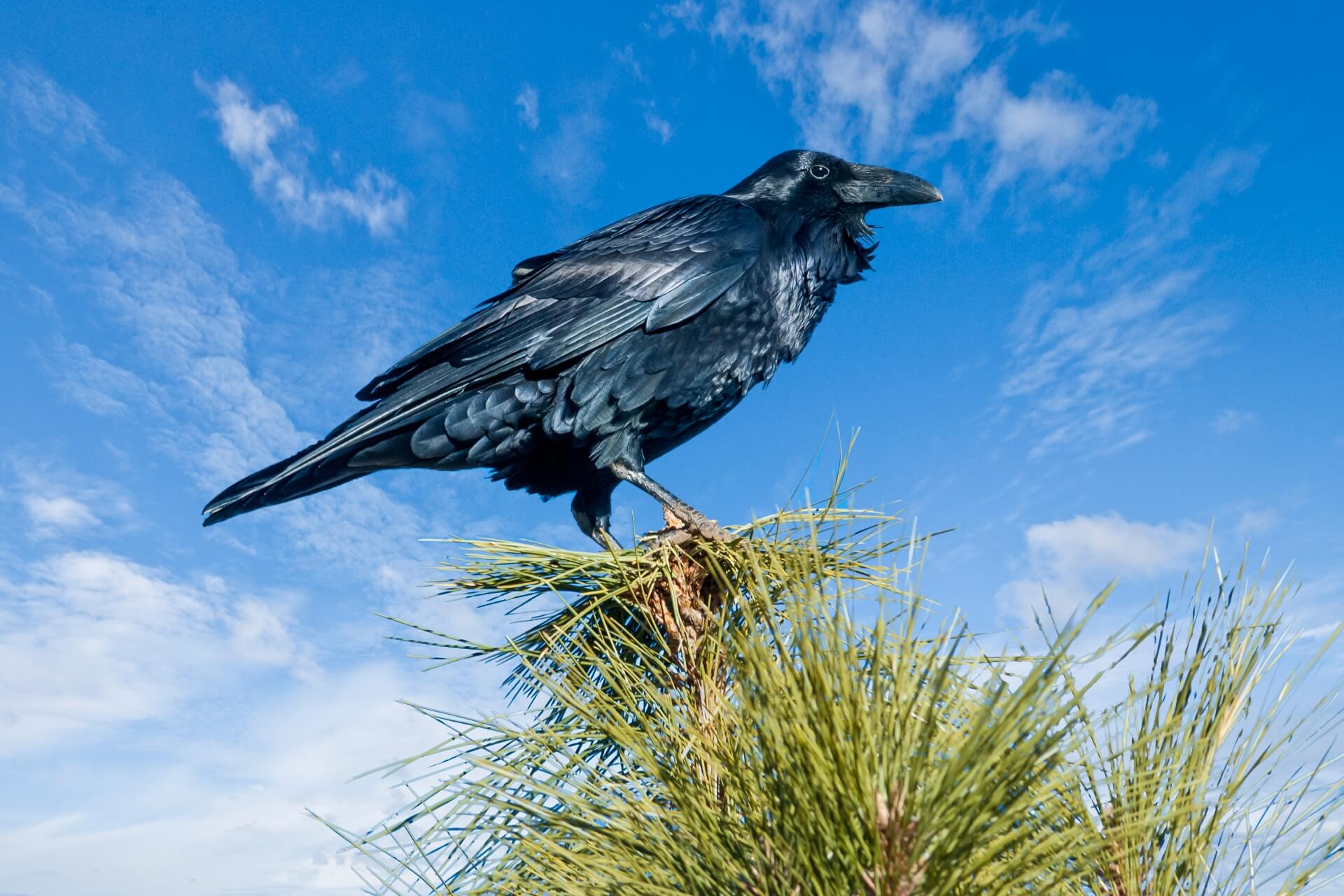
Raven
The massive black birds you may see from time to time aren’t crows - they are ravens! (Yes, like the Edgar Allan Poe poem!) These birds are incredibly intelligent (they have been spotted using “tools” made from twigs and can mimic several other bird calls) and very adaptable. Ravens mate for life after an elaborate courtship that includes the male “stunt-flying” - soaring and then tumbling, flying upside down, doing somersaults and generally tumbling through the air to attract the female’s attention.

Anna’s Hummingbird
Graceful and able to move with lightening speed, beautiful hummingbirds are common in Rancho Vistoso and the surrounding areas. You can further entice them to visit your yard with bold, brightly colored desert flowers and plants or hanging a hummingbird feeder and keeping it full of nectar. One part sugar dissolved in four parts water is a great DIY hummingbird nectar recipe is a great recipe for DIY nectar - just be sure to change the nectar from time to time or it will spoil in the Arizona sun.

Roadrunner
I can’t watch one of these guys fly across the road without being reminded of the velociraptors in the Jurassic Park movie - the similarity of movement is uncanny! Roadrunners are extremely quick (can run 20 mph!) and are common throughout the area. Many times you will see them with a lizard meal dangling from their mouths as they speed away. As fast as they are, they are no match for the coyote, who clocks in at 40 mph - scientific proving that Wile E Coyote wouldn’t really be going hungry!
There are so many other birds, animals and insects that we couldn’t cover here such as deer, Cooper’s Hawks, jackrabbits, cactus mice, Verdins, gray fox, Cactus Wrens and more. We encourage you to visit the Arizona-Sonora Desert Museum, which is a zoo, botanical garden, art gallery and museum all in one. It is a fabulous place to take out of town guests to introduce them to Sonoran Desert nature.
